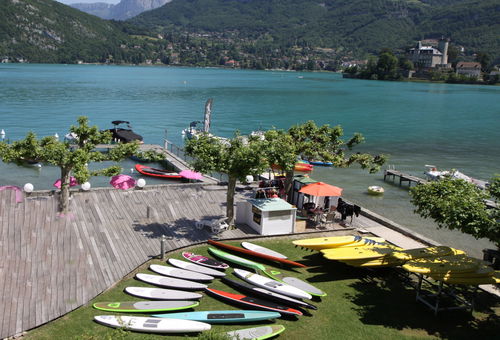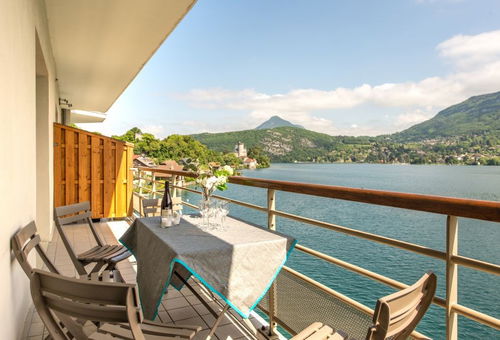La polenta
Polenta is a cornmeal which is used for the concoction of a dark yellow porridge with a solid texture that bears the same name. Also called "Polente", the preparation comes from the transformation of maize into semolina. We can count 3 kinds of seeding, of which the biggest, the average and the finest ones.At first glance, the polenta is closer to couscous, apart from its slightly yellowish-orange appearance. In the French regions, there is a tendency to encounter medium-sized pomegranates, quite the opposite of what can be found in Valle d'Aosta where the seeds are rather thin and white.A pure delicacy of austerity, polenta can be tasted plain or simmered with water. The Annecy people prefer to appreciate it boiled or with milk. To add more flavor to the preparation, you can add a little Beaufort or Emmental type cheese. Those who are finicky prefer to bring a small touch of truffle finely sliced.The elders enjoyed among other things the concoct gratin, an excellent way to taste it with other side dish such as ham, bechamel and some vegetables. If you want to eat it as a main dish, the polenta can be accompanied by meat such as pork, hare, chicken breast, diots and sausages.Where does the polenta come from? There is already a hint of "Polente" in ancient times, but at that time the preparation was presented as a kind of barley porridge. Then comes the appearance of maize polenta in Savoy in the 18th century.In the old days, the Annecians served it as staple food, especially during the winter to replace potatoes. They cooked the polenta in a huge cauldron for hours stirring the preparation frequently. It is especially by its very solid consistency that it was very appreciated at that time. During festive times, it was decorated with cream to add a little flavor to the dish.
 Premium
Premium
 Classic
Classic
 Classic
Classic
